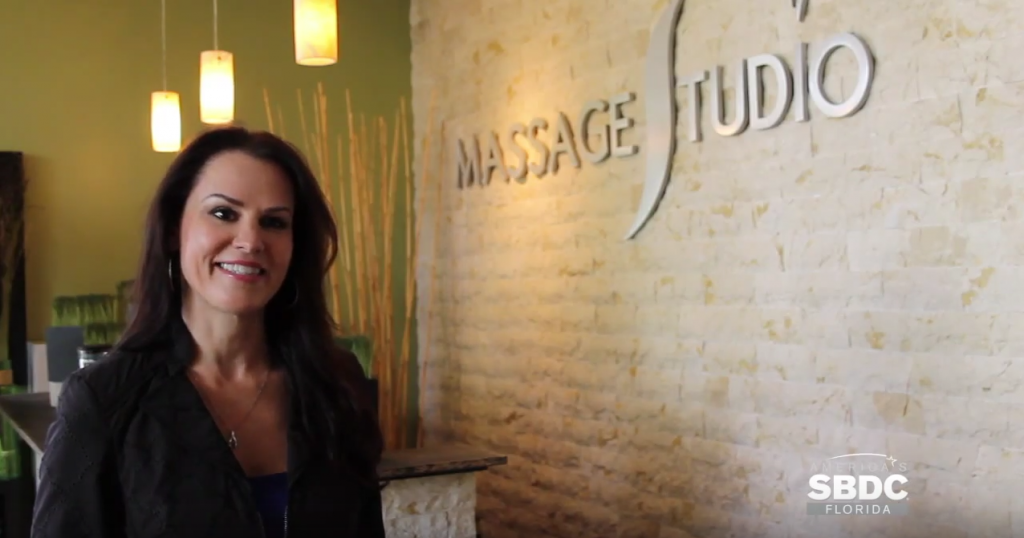Where can you go when private financing sources turn you down? For many startup entrepreneurs, the answer is the U.S. Small Business Administration (SBA), whose loans often have less stringent requirements for owner’s equity and collateral than commercial loans, making the SBA an excellent financing source for startups. In addition, many SBA loans are for smaller sums than most banks are willing to lend.

Of course, that doesn’t mean the SBA is giving money away. In fact, it doesn't actually make direct loans; instead, it provides loan guarantees to entrepreneurs, promising the bank to pay back a certain percentage of your loan if you're unable to.
The SBA can help you prepare your loan package, which you then submit to banks. If the bank approves you, it submits your loan package to the SBA. Applications submitted by lenders are generally reviewed by the SBA within a span of several days to two weeks.
The SBA offers a wide variety of loan programs for businesses at various stages of development. Here’s a closer look.
1. 7(a) Loan Program
The primary and the most flexible SBA loan program is the 7(a) Loan Program. For this loan, the SBA provides maximum guarantees of up to $5 million or 75 percent of the total loan amount, whichever's less. The average loan in 2012 was $337,730. For loans that are less than $150,000, the maximum guarantee is 85 percent of the total loan amount. SBA policy prohibits lenders from charging many of the usual fees associated with commercial loans. Still, you can expect to pay a one-time guaranty fee, which the agency charges the lender and allows the lender to pass on to you. Fees for smaller loans can be as little as zero percent.
A 7(a) loan can be used for many business purposes, including real estate, expansion, equipment, working capital, and inventory. The money can be paid back over as long as 25 years for real estate and equipment, and 10 years for working capital. Interest rates vary with the type of loan you apply for.
The 7(a) Program also offers several specialized loans. One of them, the SBAExpress Program, promises quick processing for amounts less than $350,000. SBAExpress can get you an answer quickly because approved SBAExpress lenders can use their own documentation and procedures to attach an SBA guarantee to an approved loan without having to wait for SBA approval. The SBA guarantees up to 50 percent of SBAExpress loans.
2. CAPLines
For businesses that need working capital on a short-term or cyclical basis, the SBA has a collection of revolving and nonrevolving lines of credit called CAPLines. A revolving loan is similar to a credit card, with which you carry a balance that goes up or down, depending on the payments and amounts you borrow. With nonrevolving lines of credit, you borrow a flat amount and pay it off over a set period of time.
CAPLine loans provide business owners short-term credit, with loans that are guaranteed up to $5 million. There are four loan and line-of-credit programs that operate under the CAPLines umbrella:
- Seasonal line of credit: designed to help businesses during peak seasons, when they face increases in inventory, accounts receivable, and labor costs
- Contract line of credit: used to finance labor and material costs involved in carrying out contracts
- Builders line program: provides financing for small contractors or developers to construct or rehabilitate residential or commercial property that will be sold to a third party. Loan maturity is generally three years but can be extended up to five years to facilitate the sale of the property.
- Working capital line of credit: a revolving line of credit (up to $5 million) that provides short-term working capital. Businesses that generally use these lines provide credit to their customers or have inventory as their major asset.
3. Pre-Qualification Program
The SBA’s Pre-Qualification Loan Program helps pre-qualify borrowers in underserved markets, including women business owners. Under the program, with the aid of private intermediary organizations chosen by the SBA, eligible entrepreneurs prepare a business plan and complete a loan application. The intermediary submits the application to the SBA.
If the application is approved, the SBA issues you a pre-qualification letter, which you can then take, along with your loan package, to a commercial bank. With the SBA’s guarantee attached, the bank is more likely to approve the loan.
Source: In their book Start Your Own Business, the staff of Entrepreneur Media Inc. guides you through the critical steps to starting your business, then supports you in surviving the first three years as a business owner. In this edited excerpt, the authors offer a brief description of the different type of loans you can obtain from the SBA.
In part two of this blog, the authors will discuss the MicroLoan Program, CDC/504 Loan Programs, the 8(a) Business Development Program, and the Export Working Capital Program



